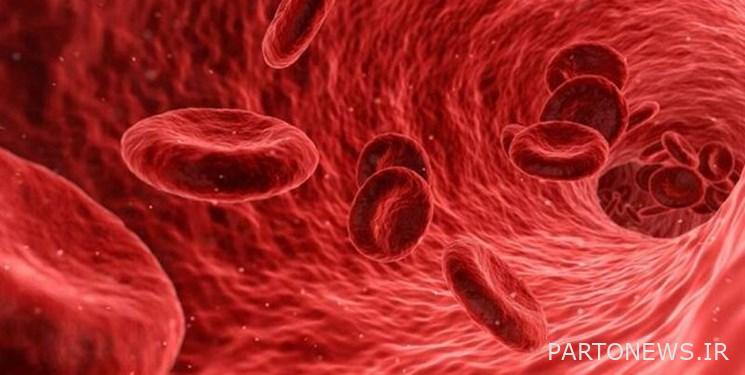The arrival of the only injectable drug for hemophilia patients in the country

According to Fars news agency’s health group, Peyman Eshghi, head of the Iranian Thrombosis and Hemostasis Association, stated that the medicine emisizumab for the prevention of bleeding in patients with hemophilia A received FDA approval in 2017 and EMA approval in 2018. : The above drug has been approved for use in more than 115 countries of the world, and in Iran, after conducting economic modeling studies and confirming its cost-effectiveness and high cost effectiveness compared to the current treatment process, which also means reducing treatment costs, in In 1401, it was licensed for import and use in severe hemophilia A patients with high titer inhibitors whose frequent bleedings did not respond to usual treatments.
He said: The first shipment of Emicizumab under the brand name Hemlibra, produced by Rash Swiss Pharmaceutical Company, in cooperation with Behestan Daru Company as an importer and distributor of the drug, entered the country on December 27 through the customs of Imam Khomeini Airport and was supervised by and the cooperation of the Ministry of Health will provide access to hemophilia A patients who are eligible to receive medicine.
The head of the Iranian Thrombosis and Hemostasis Association said about type A of hemophilia disease: Hemophilia A is a rare and hereditary bleeding disorder linked to the X chromosome, which is characterized by a lack of coagulation factor 8 (FVIII) activity and can lead to frequent spontaneous bleeding or prolonged bleeding. Following trauma, repeated bleedings, especially in the joints, can lead to progressive and irreversible damage, which ultimately leads to reduced mobility, increased mortality, and reduced patient quality of life.
He continued: Hemophilia A is the most common form of hemophilia, which accounts for 80-85% of cases with about 320,000 sufferers worldwide. The estimated prevalence is 12.1 cases per 10,000 men for all severities of hemophilia A, which is the same number in our country.
Peyman Eshghi added that one of the problems of these patients is the development of inhibitors after continuous use of factor 8, which leads to a significant increase in the consequences of the disease, the staggering cost – the burden of treatment and finally the death rate of the patients. : In this category of patients, compared to patients with hemophilia type A without inhibitors, it is more difficult to manage bleeding, which causes, in addition to reducing the quality of life (losing days of study, work and social activities) and increasing treatment costs. , joint damage and the need for surgical intervention are more in them.
He said: not only the prevention of bleeding, but also the necessary treatment of bleeding in this category of patients requires frequent daily intravenous injections and expensive medicine, which especially in Kurdkan leads to a decrease in the quality of life and finally in many cases, multiple disabilities.
The head of the Thrombosis and Hemostasis Association of Iran pointed out: the results of preliminary studies, the use of Hemlibra prophylaxis showed a very good effectiveness in reducing the number of bleeding episodes in adults with inhibitors (87% reduction in the HAVEN 1 study). In addition, the results of the studies significantly confirm the effectiveness of the drug in children (63% of children using Hemlibra in HAVEN 2 did not have any bleeding), which is the first subcutaneous injectable drug with long injection intervals in the studies. Globally, it causes significant reduction of bleeding, improvement of quality of life and clear reduction of joint disabilities in these patients.
Eshghi said: There is a lot of hope that by starting and expanding the use of scientific medicine and under the supervision of comprehensive hemophilia treatment centers, this drug will reduce the increasing number of disabilities at the same time as reducing the cost of treating these patients in the country.
It is worth mentioning that emisizumab was approved by the American Food and Drug Administration (FDA) in 2017, and in 2018, it was approved by the European Medicines Agency (EMA) as the first subcutaneous injection drug for the prevention (prophylaxis) of bleeding in patients with hemophilia A. has received The Food and Drug Organization of Iran also approved this drug in 1401 in patients with high butyter inhibitor who do not respond well to current treatments. In a short period of time, this drug was able to receive the approval of more than 115 countries (115 countries with approval for severe hemophilia A patients with factor 8 inhibitors and more than 100 countries for severe hemophilia A patients without factor 8 inhibitors) and currently more than 18 thousand Hemophilia A patients in the world are using this medicine.
You can edit this article
Suggest this article for the first page

